- 📉 Mortgage rates are expected to go down to mid-6% or even below 6% by 2026. This will make homes easier to afford.
- 🏠 Home prices across the country are expected to go up slowly, at 2–3% each year through 2026.
- 🧱 More homes are expected to be for sale. This is because sellers will start selling again and more homes are built.
- 👨👩👧 Millennials and Gen Z will want to buy more homes in 2026 as more people from these groups own homes.
- 🌆 Las Vegas could show national trends first. This is because of its own reasons, like not much land and many people moving in.
The U.S. housing market is about to change a lot as we get closer to 2026. For years, there has been uncertainty because of economic problems and changing interest rates. But now, things might finally become more stable. Buyers, sellers, and investors are dealing with a changing market because mortgage rates, home prices, and buyer interest are changing. This report looks closely at what experts expect for mortgage rates and home prices in 2026. It also covers how easy homes will be to afford. And it shows what all this means for busy areas like Las Vegas.

Mortgage Rate Forecast: Will Things Get Better?
As of late 2025, many people who want to buy a home are still waiting. They hope mortgage rates will go down. Since 2022, it has been too expensive for many people to buy a home. Average 30-year fixed mortgage rates have been the highest in more than twenty years. But the loan market is ready for a slow, good change.
According to Fannie Mae’s September 2023 forecast, average 30-year fixed mortgage rates are expected to go down to the mid-6% range by 2026. This fits with hopes for a more stable economy and less inflation. The National Association of Realtors (NAR) expects even better news. If prices stop going up so fast and the Federal Reserve slowly loosens its money rules, rates could fall below 6%, according to their 2023 outlook.
Why does this matter? Simply put, lower mortgage rates mean people can afford more:
- A drop from 7% to 6% can save the average borrower hundreds of dollars per month.
- Falling rates also make homeowners who have high-rate loans (from 2022/2023) want to refinance. This makes the market work better.
- When homes are easier to afford, this makes first-time buyers and those wanting a bigger home come back to the market. This will make more homes sell.
The mortgage rate forecast for 2026 does not mean rates will go back to the very low levels we saw in 2020–2021. But it does offer steady rates with some relief. This is exactly what the housing market needs after many rough years.
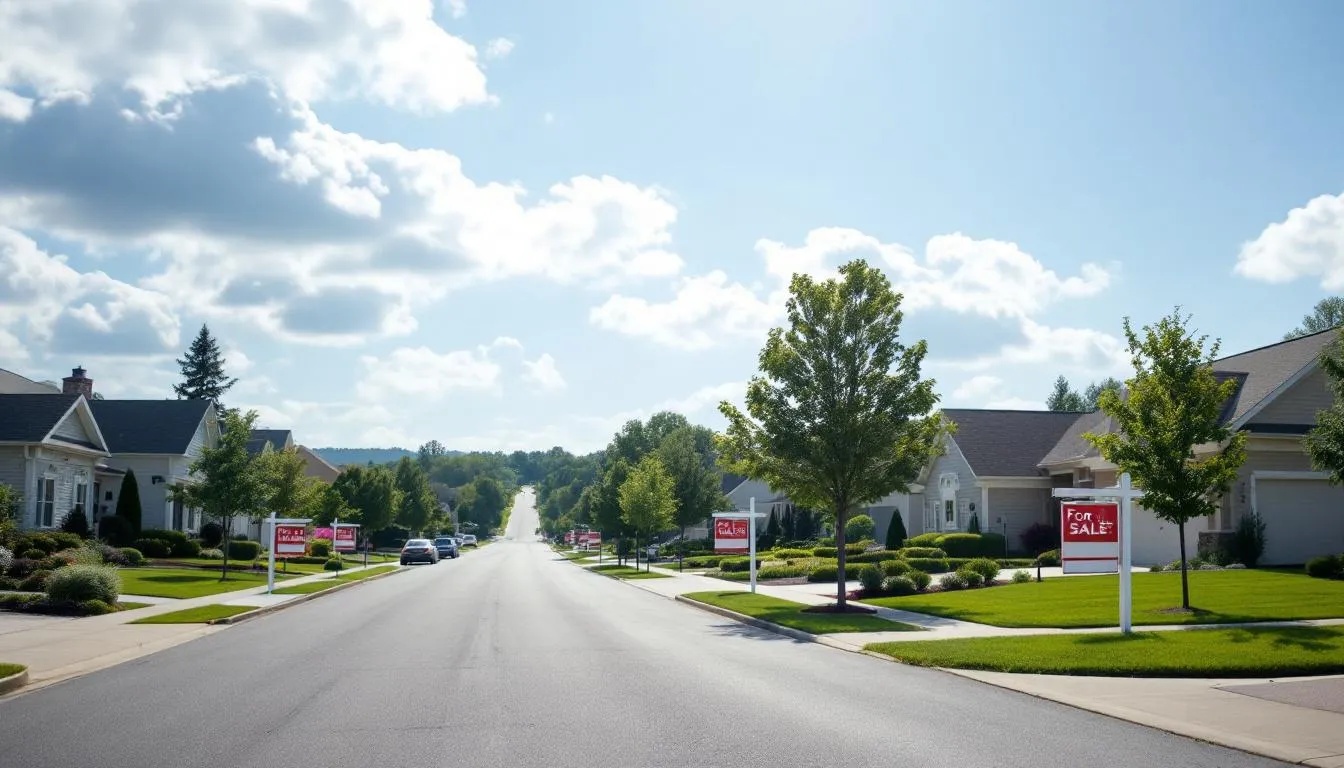
Home Prices in 2026: Will They Drop or Go Up?
After big home price jumps after the pandemic, growth slowed down. Some areas saw prices correct between 2023 and 2025. Heading into 2026, home prices are expected to go up slowly but steadily.
Freddie Mac expects small home price increases through 2026. They say this is because prices will change less and become more normal. The days of 15–20% annual gains are likely gone. But this slower growth is better for homeowners and for people buying their first home.
Zillow’s Housing Price Expectations Survey shows similar ideas, expecting average national price gains of 2–3% per year by 2026. Steady price increases help families and real estate investors plan better.
But what happens with home prices in 2026 will not be the same everywhere. Some important local reasons are:
- Las Vegas, Phoenix, and parts of Texas could do better than the national average because more people are moving there and there are not enough homes.
- Coastal California, which used to be very popular, might see prices stay the same or go down a little. This is as high prices make buyers look for homes further away from the coast.
- Midwest metros like Cincinnati and St. Louis, which people often don't notice them, could see price increases. They are cheaper options than places on the coast.
Rates going down and steady prices could create the most balanced housing market in years.
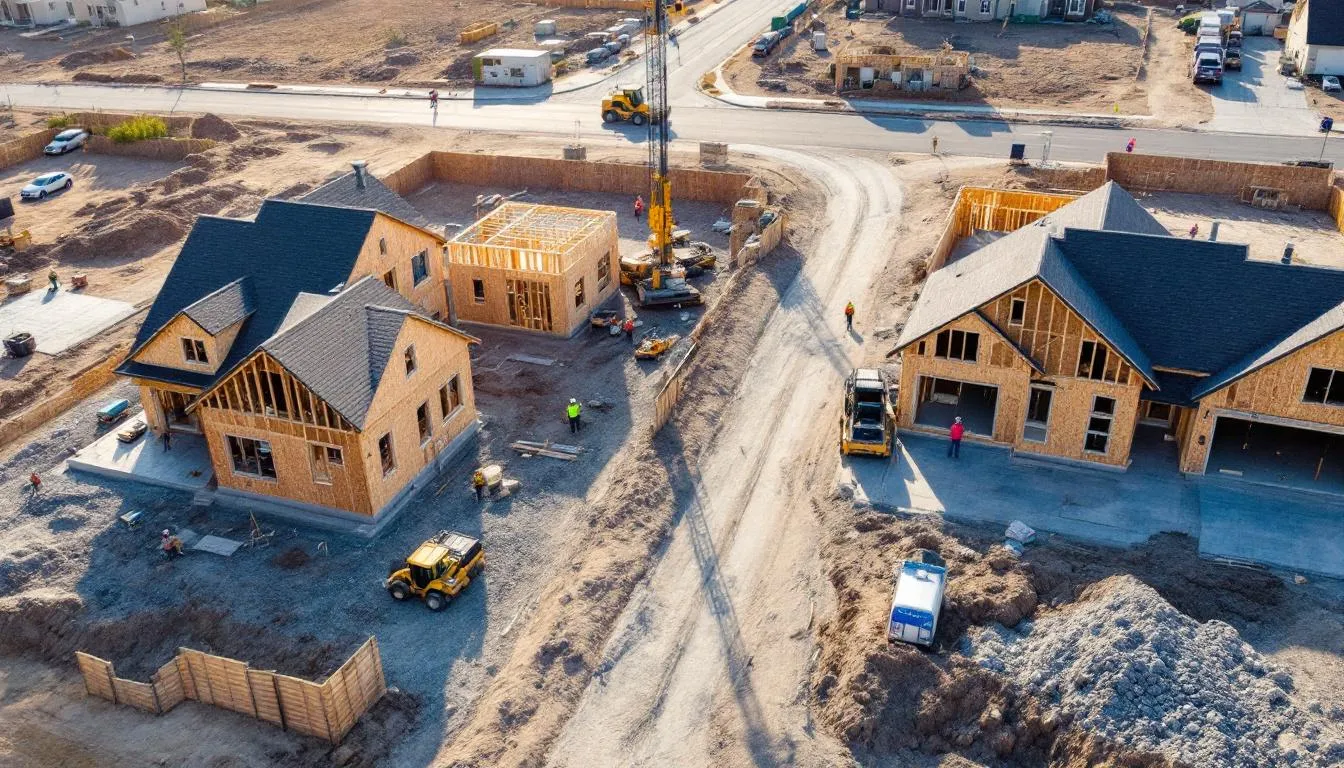
Housing Supply: Slowly Getting More Homes
One of the biggest problems facing the U.S. housing market since 2020 has been the longtime lack of homes for sale. Even with buyers holding back, there were record-low homes for sale, which kept prices up. But is 2026 the year we get more homes on the market?
There are some good signs, but we should still be careful.
The National Association of Home Builders (NAHB) reported a good increase in how builders feel and in permits to build in late 2024. This means building will speed up in 2025 and 2026. Two main things are causing this:
- Builders are making more money because building costs are going down and supplies are more steady.
- More buyers want homes. This makes developers want to build more of both single-family homes and apartment buildings.
Homeowners too, many who did not move because they have low mortgage rates from 2020–2021, may slowly start to sell their homes. This is especially true if they can refinance or afford a bigger home when rates are around 6%.
In regions like Las Vegas, there are more homes available, but in a new way: build-to-rent (BTR) communities. Builders are making many single-family homes just for people to rent for a long time. These projects add to the total number of homes. But they do not usually make it easier to buy a home, especially for first-time buyers.
Expect flipped homes, builder deals, and even new ways to own parts of homes to change what we mean by homes for sale in 2026.

Buyer Interest in 2026: Growing Hope
If rates go down and there are more homes for sale, will buyers return?
Yes—but they won’t look the same as the buyers of 2021.
Millennials, the country's biggest age group, are getting to the age when most people buy homes through 2026. They put off buying homes because rates and prices changed a lot. Now many are ready to buy. They often like suburbs where you can walk, homes that save energy, and flexible spaces for remote work.
Gen Z, while younger, is also starting to look for homes. They have different ways to earn money and know how to use online tools to buy homes together or in small parts. So, even younger buyers are finding new ways to get into the market.
Redfin reports that buyers felt better about the market by 18% from early 2023 to the end of that year. If the economy keeps steady, we could see more applications from first-time homebuyers and more families buying homes together in 2026.
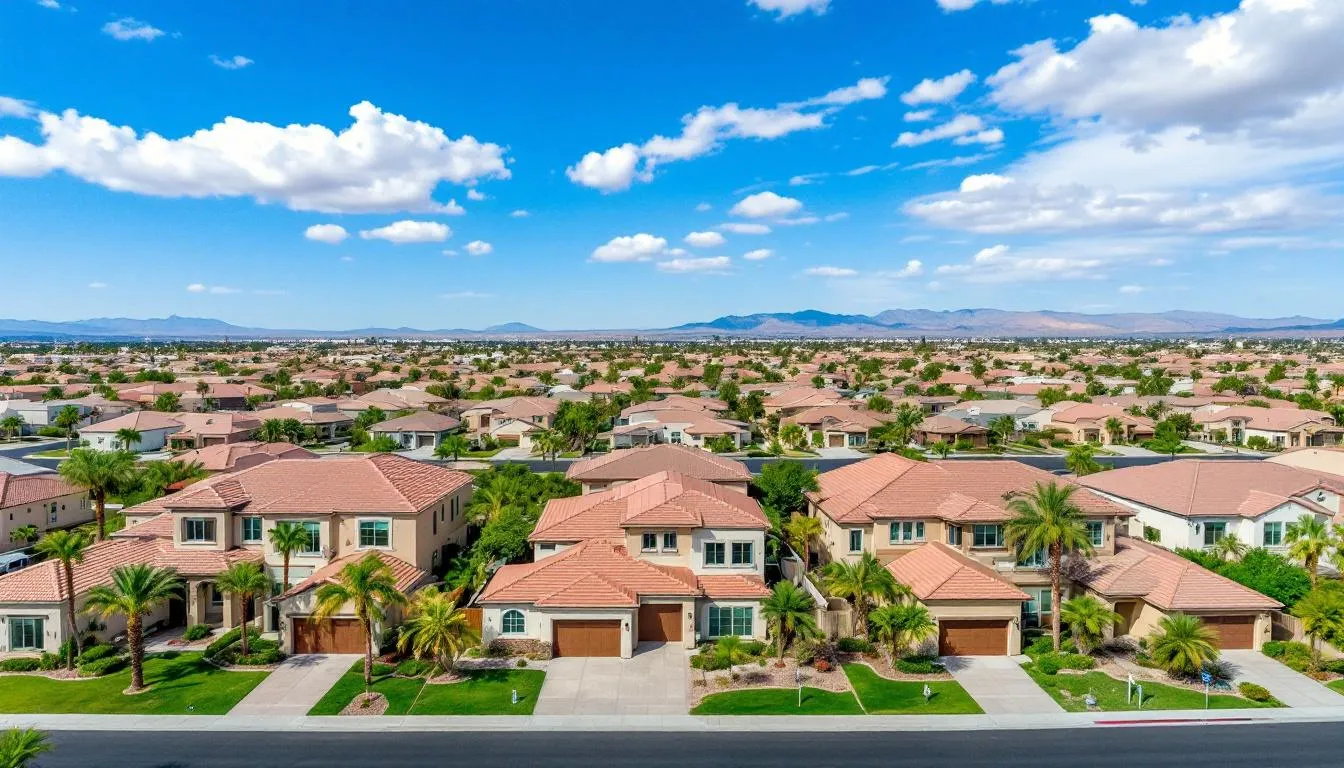
A Local View: What’s Ahead for Las Vegas in 2026
Las Vegas often shows national housing trends, or even shows them first. It is one of the busiest real estate markets in the country, and it is ready for a very important year in 2026.
Local real estate expert Steve Hawks says Vegas often shows trends early: “Vegas often leads the national shift. Our buyer activity levels show early signs.”
Main things affecting the Las Vegas market heading into 2026:
- Economic growth: The city is building up its tech and remote work industries. This is creating steady jobs.
- Relocation trends: Out-of-state buyers, especially from California, keep moving to Vegas because of tax savings and cheaper homes.
- Not much land: Government rules protect land. This means not many new homes can be built. So, the number of homes cannot grow fast.
Neighborhoods like Henderson, Summerlin, and North Las Vegas are very popular. Builders are making nice but not too expensive homes, and mid-range townhomes.
Expect competition to remain strong, especially for homes ready to move into under $500,000. These homes will have low HOA fees and be close to things like parks, schools, and retail.
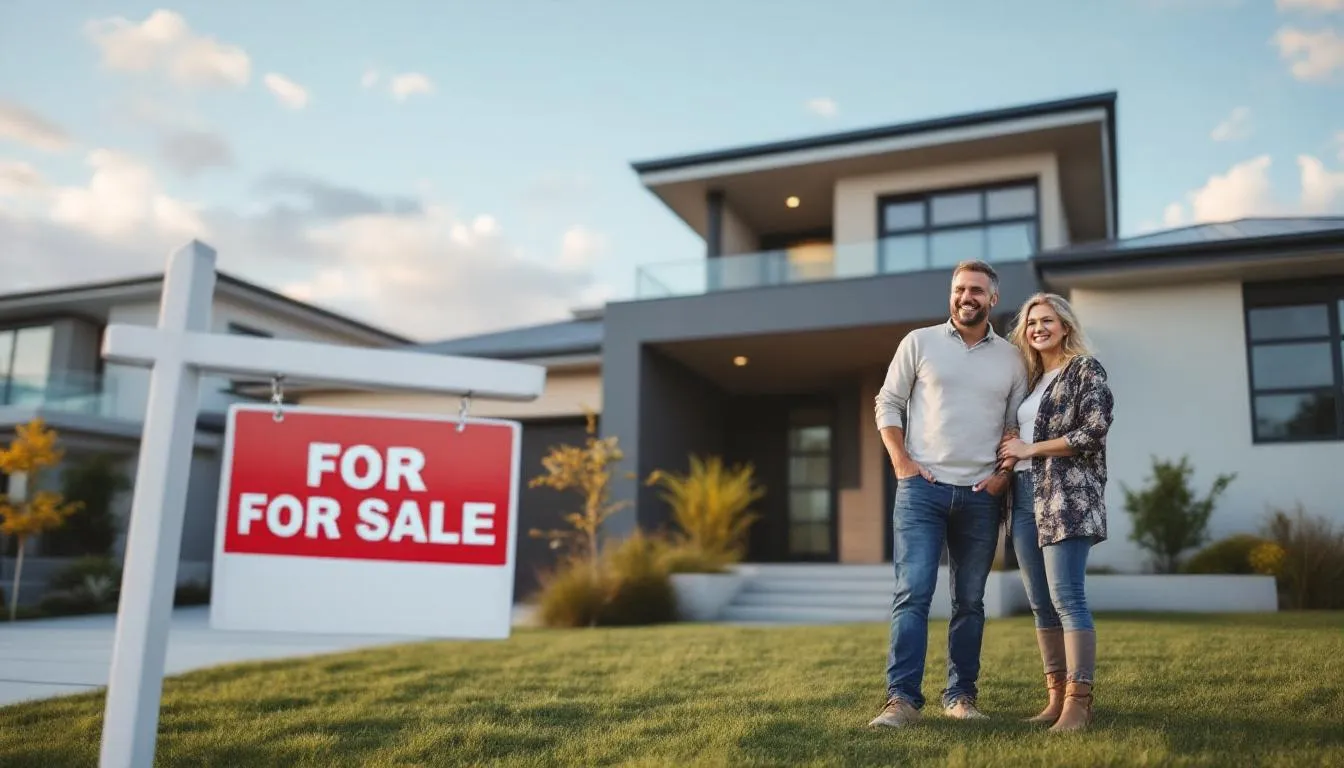
How Easy Homes Are to Afford & Income Trends: Will It Last?
It has been hard to afford homes in the market since rates started going up in 2022. But 2026 might finally get better.
A few important things are helping:
- Actual pay increases in professional and health services sectors are now growing faster than prices.
- Ways to measure how easy homes are to afford, including the Housing Affordability Index (HAI), show steady conditions in important areas between 2024–2025.
- Down payment help programs and first-time buyer deals are growing at both state and national levels.
For a market like Las Vegas, where the median home price is still significantly below the national average, this combination could make many more homes sell quickly.
Still, how easy homes are to afford still differs a lot by area. In places like Los Angeles or Miami, high home prices compared to what people earn keep many possible buyers out of the market.
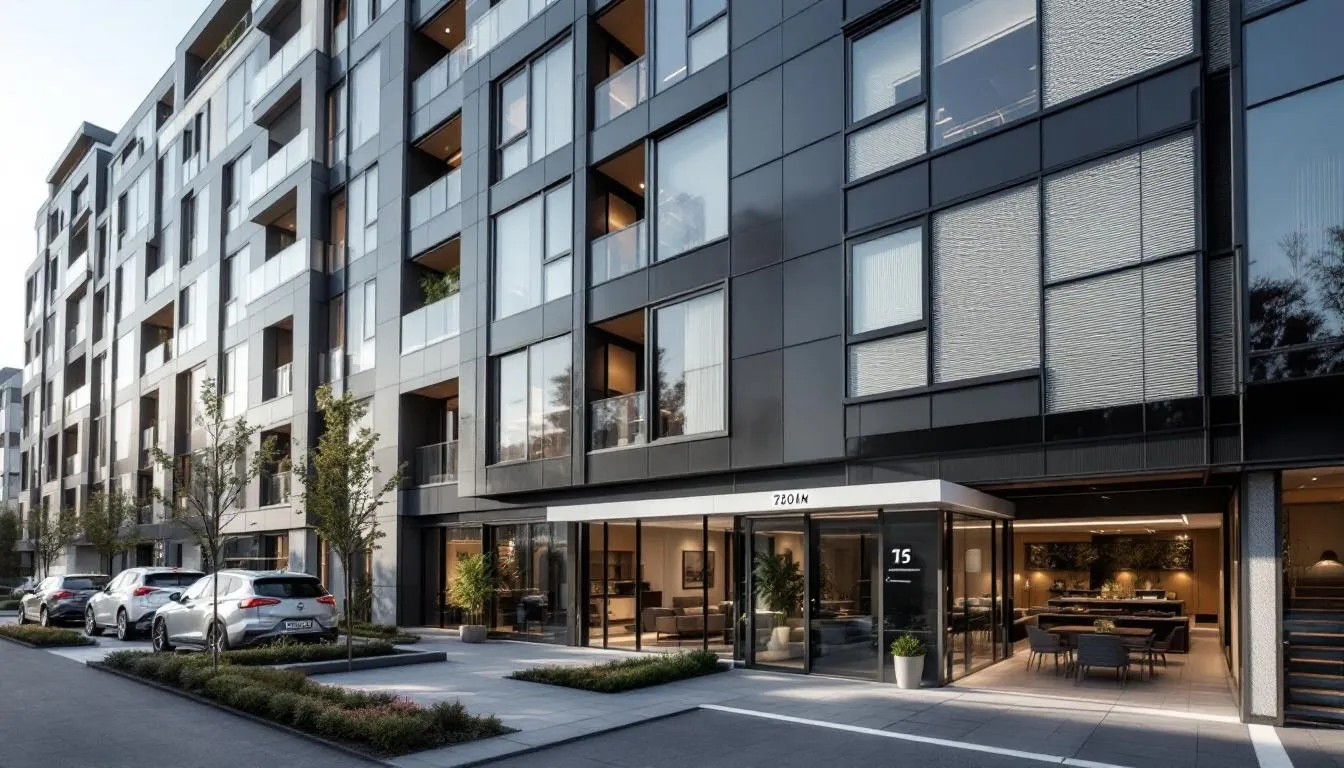
Investing in 2026: Chances in a Balanced Market
For investors, the 2026 housing market will change less and offer smart chances.
Here’s where and how to make the most of them:
- Build-to-rent (BTR) developments meet the needs of more renters and provide steady income.
- Rent-to-own platforms could grow. This gives renters a chance to buy and investors longer rental times.
- Buying apartment buildings in fast-growing areas (for example, suburbs with new roads or bridges, or more factories) are a stable choice.
In Las Vegas, areas like Henderson, North Las Vegas, and Sunrise Manor are good for renting and do not have too much competition. These neighborhoods offer options close to employment centers yet cost less to get into than the city center.

Refinance & Equity Plan for Homeowners
For current homeowners, 2026 might bring chances they have waited for:
- Refinancing from 7–8% rates to 5.5–6% can result in thousands of dollars saved annually.
- With prices going up steadily, many homeowners will have a lot of home equity they can use for renovations, paying off debts, or investment.
- Home equity lines of credit (HELOCs) might become very popular in 2026 as major banks lend more money.
Steve Hawks notes: “For many, 2026 will be the first chance in years to really get the best mortgage terms.”
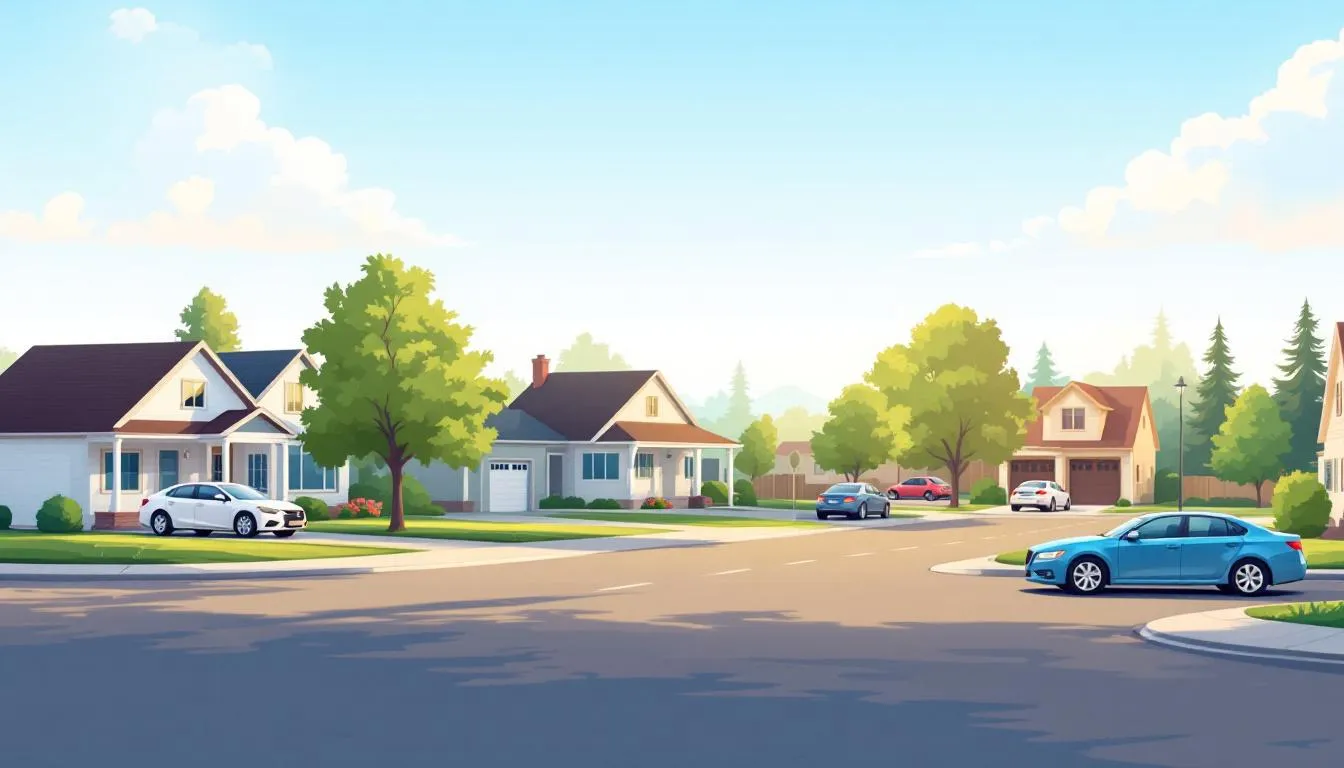
What Recovery Actually Looks Like in 2026
A real recovery will not be like the crazy market of 2021. Instead, 2026 will feel calmer, easier to deal with, and more steady.
Signs of a steady recovery:
- Buyers and sellers will be more equal—There will be fewer bidding wars and talks will be fairer.
- More homes will be for sale—more choices without overwhelming the market.
- Good price increases—2–3% appreciation fit with what is normal over a long time.
- Fewer market problems—This means no common skipping of inspections or problems with appraisals.
This “new normal” means the market works better for everyone—from first-timers to retirees to lifetime renters.
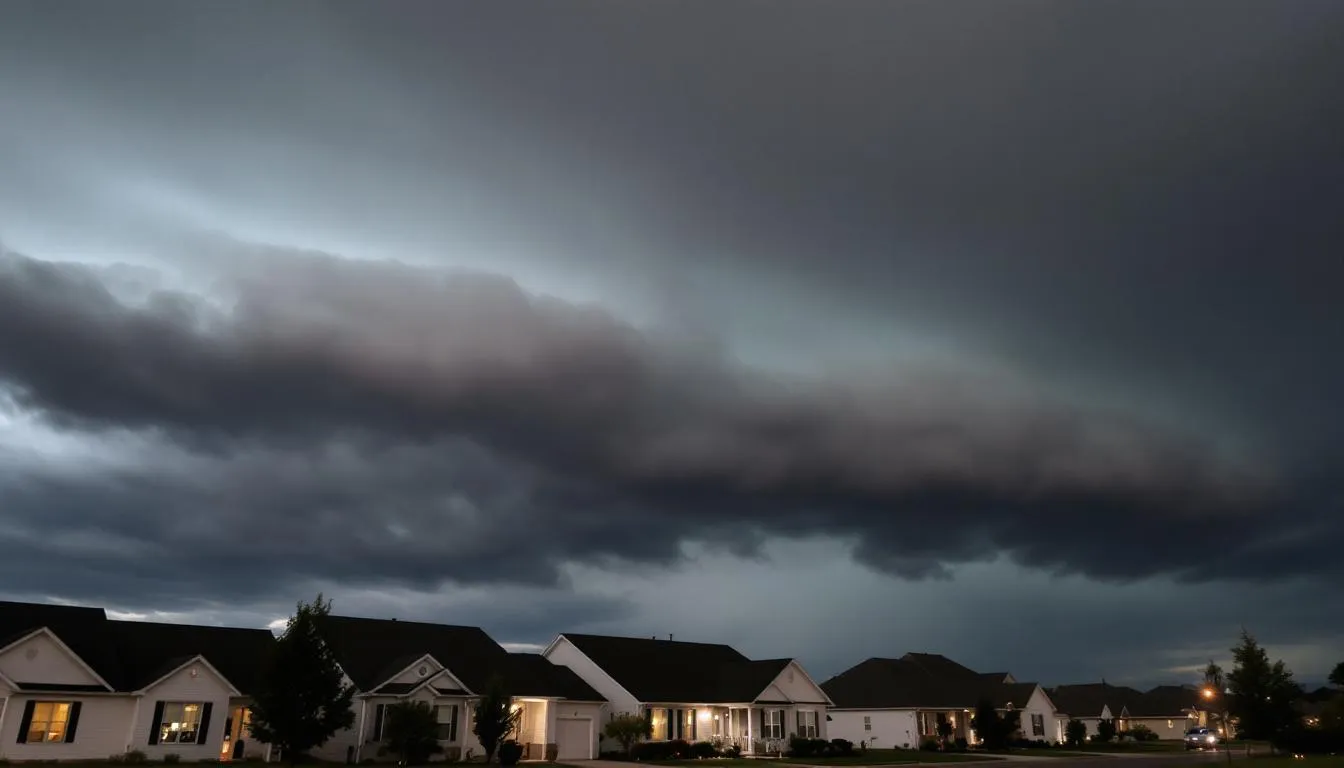
Risk Factors That Could Slow Things Down
Things look promising, but some issues could slow things down:
- Inflation surprises that stop or undo the Fed's rate cuts.
- A slow economy or weak job market, which could make buyers less sure.
- Banks making it harder to get loans, especially for investors.
- World problems, like war or trade tensions, could affect money markets.
Smart people in the 2026 housing market should watch these things closely and be flexible with their real estate plans.

Expert Plans for Buyers, Sellers, and Investors
🏠 Buyers
- Get mortgage pre-approval early in the year.
- Look at suburbs further out with good schools and lower HOA fees.
- Act fast on homes priced well; 2026 will still be competitive in busy areas.
🏡 Sellers
- List between late February and early May when most buyers are looking.
- Set up homes to appeal to today's buyers—home offices and homes that save energy are popular.
- Price based on today's market, not past high points.
🏢 Investors
- Focus on 2–4 unit buildings that qualify for residential loan terms.
- Look at Henderson and Sunrise Manor where rents can bring in good money.
- Plan for it to take at least six months to rent out a place because renters might not move as fast.
The Bottom Line: Recovery May Be Real, But Stay Smart
The 2026 housing market is a big change—not like the crazy times of a housing bubble. Instead, it will be a steady, healthy comeback. Lower mortgage rates, steady home price gains, more homes for sale, and demand from different age groups all point to a better market for everyone.
Still, making smart choices and knowing the local area is key. Especially in fast-moving markets like Las Vegas, knowing when and where to act can make the difference between making the most of chances or losing them.
Citations
Fannie Mae. (2023, September). Housing Forecast: Economic & Strategic Research Group.
Freddie Mac. (2023). Housing Market Outlook Q3 2023.
National Association of Realtors. (2023). 2024–2026 Forecast for Housing Market Conditions.
Zillow Research. (2023). Home Price Expectations Survey.
Redfin. (2023, November). Consumer Housing Sentiment Report.
National Association of Home Builders. (2023). U.S. Housing Starts & Builder Confidence Update.

